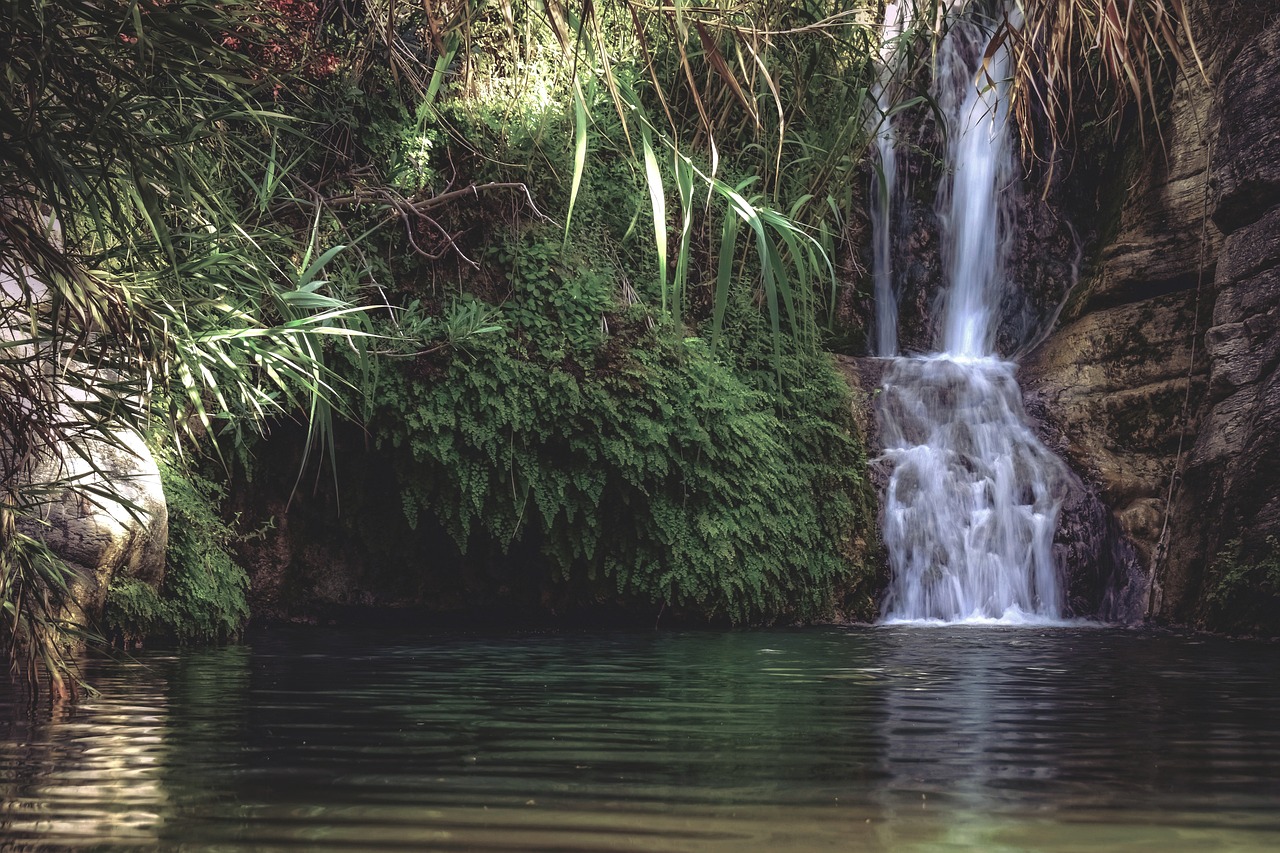
A natural reservoir is an animal that hosts a pathogen capable of causing a zoonotic pathology.
Reservoir is a term that has multiple uses. Originating from the French word réservoire or the English reservoir , the word is used in the field of biology ( epidemiology ) to refer to the set of living organisms that chronically possess the germ of a certain disease .
The so-called natural reservoir , therefore, is where a pathogen that causes a zoonotic pathology resides in the long term . In many cases, the host is not affected by the disease or remains symptom-free.
Examples of natural reservoirs
Mice for hantavirus, rats for bubonic plague , and ticks for babesiosis are examples of natural reservoirs of pathogens that cause infectious diseases. In this context, it must be said that there are diseases that do not have a non-human reservoir, such as chickenpox.
And all this without forgetting that there are other animal species that, in the same way, become natural reservoirs. In this sense, reference should be made to the squirrels that also act as such for the aforementioned bubonic plague or the armadillos that do the same with the well-known Chagas disease.
This pathology , which is also identified by the name American trypanosomiasis, is parasitic, is typical of America and is characterized by the fact that throughout history it has meant the death of millions of people. Specifically, it, which is usually chronic, is generated by the protozoan Trypanosoma cruzi.
Fever, cardiomyopathy or an increase in the size of the liver are three of the most frequent symptoms experienced by people who suffer from this disease, which in most cases causes the sudden death of people who were apparently healthy and enjoyed good health.
In addition to all of the above, it is important to emphasize the fact that there are different pathologies that do not have a natural reservoir or, at least, one that has not yet been discovered. This is what happens, for example, with Ebola hemorrhagic fever. This is a disease caused by a virus, which is contagious and has among its main symptoms high fever, headaches, muscle pain, rashes and the corresponding bleeding that can manifest itself through both the mouth and the rectum. .

In Latin America, a reservoir is a pond of water.
Other uses of the notion
Botany and zoology , for their part, define the reservoir as the deposit of nutritional or waste substances that must be used or expelled, depending on the case, by the organism .
In the field of physics , however, the thermodynamic system that allows energy to be obtained and used , whether translated into work or in the form of heat, is known as a reservoir. A large reservoir maintains the temperature, volume, and chemical potential unchanged; Upon contact with a small reservoir, it is leveled to have the same thermal conditions and identical chemical potential. In this way the so-called thermodynamic equilibrium is produced.
In Latin America , a reservoir also gives its name to a pond or water reservoir . The term is used to name the drinking water reservoir or the water reserve that is created through a dam . For example: “The Guaraní aquifer is one of the most important freshwater reservoirs in the world.”
